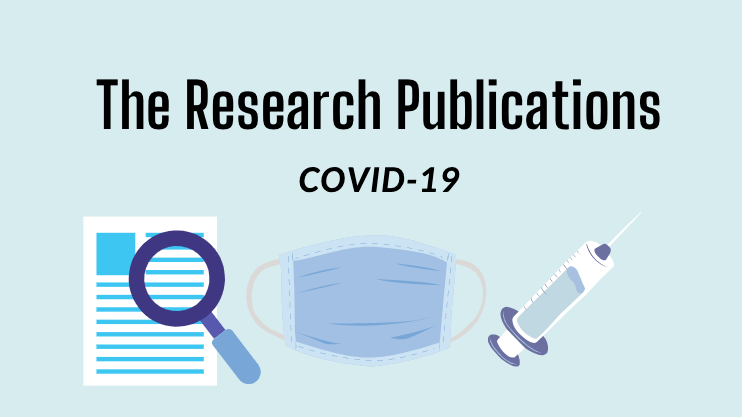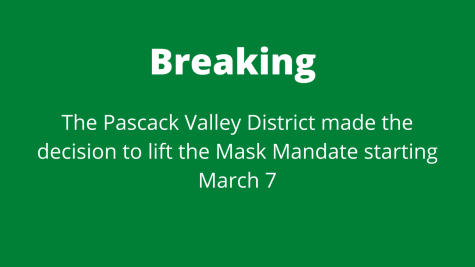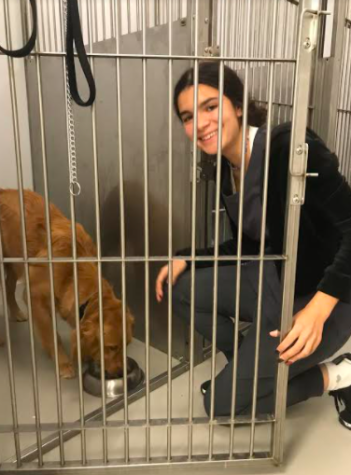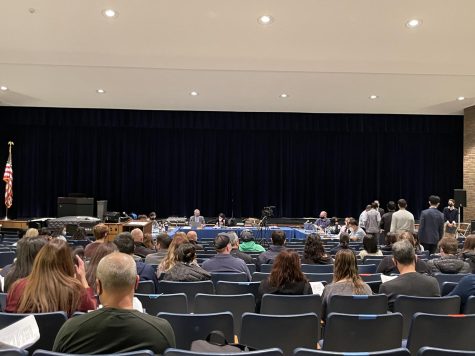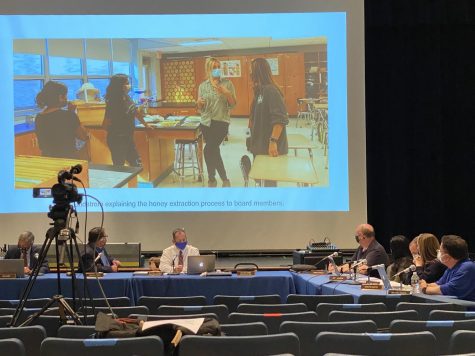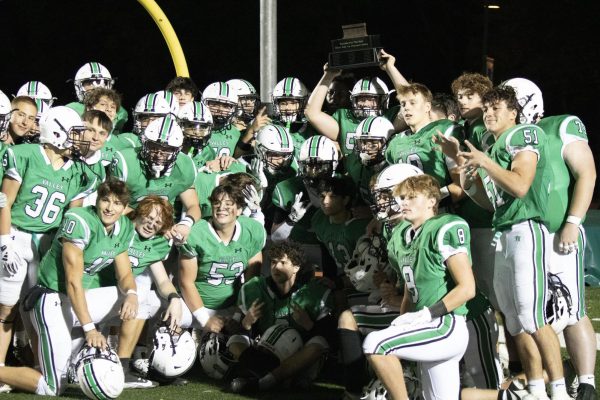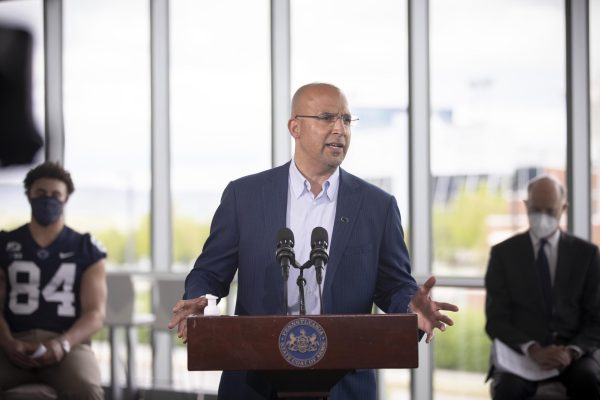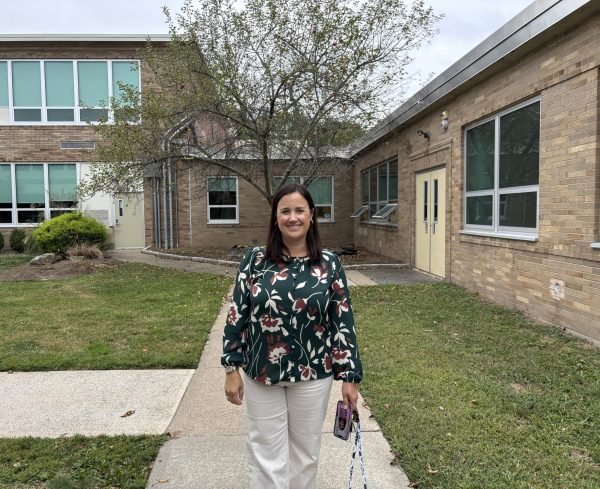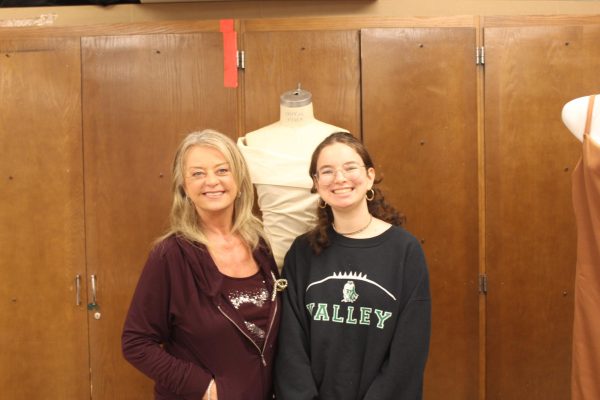The History of COVID-19 Regulations in New Jersey
The PV Student Publication has partnered with The Research Club to publish a series of research essays entitled “The Research Publications.” This essay explains the history of COVID-19 regulations and how it has affected residents in New Jersey. This paper is written by sophomore Minche Kim.
(Editor’s Note: The PV Student Publication has partnered with The Research Club to publish a series of research essays related to topics of COVID-19. All research essays are written and fact-checked by members of the Research Club, and The PV Student Publication is rolling out these essays as a service to our community. This essay explains the history of COVID-19 regulations and how it has affected residents in New Jersey. This paper is written by sophomore Minche Kim, fact-checked by sophomore Nupur Karnik, and edited by senior Elise Schicker.)
A New York Times database published a count of about 67 newly recorded deaths and 6,365 new cases in New Jersey, adding to the state’s total of 616,086 cases and 20,320 deaths accumulated since the beginning of the COVID-19 pandemic.[4]
New Jersey’s fluctuating graph of COVID-19 related cases and deaths led its governor, Phil Murphy, to take action, updating New Jersey’s COVID-19 restrictions, policies, and signing countless executive orders during the epidemic.[6]
Governor Murphy’s first official response regarding COVID-19 goes back to when he set strict social distancing guidelines on March 16, 2020.[6] Since then, his hopes to prevent larger numbers from becoming victimized by COVID-19 have eventually reflected onto the numbers of patients, with low numbers compared to its neighbor, New York.[4][8]
The Public Health Emergency proclaimed on March 9, 2020, was extended multiple times throughout April through September, indicating the unpredictability of COVID-19. The drastic graph coerced Governor Murphy’s decisions for his executive orders: the orders directly affecting the slope of the graph.[3][6]
Executive orders 148, 152, and 196 are all instances in which Governor Murphy’s actions were decided by the condition of the pandemic.[4][6] All three orders detail the limit of people attending indoor and outdoor gatherings.[6] On May 22nd, Governor Murphy signed Order 148, the number of daily COVID-19 cases decreasing at a rapid pace.[4][6] As daily cases continued to drop into June, he lifted the limits on June 9th through Order 152.[4][6] Daily cases rose with sudden inflation in November, and consequentially, Order 196 was passed to cease the sharp increase in cases.[4][6]
Since his establishment of a COVID-19 workforce on February 3rd, Governor Murphy signed more than 110 orders: almost all of them directed towards the COVID-19 pandemic.[6] This number is far greater than the number of executive orders passed from January of 2018 to January 2020.[6] The full list of Governor Murphy’s executive orders can be found here.[6]
Currently, 2020 New Jersey restrictions for COVID-19 apply limits to countless situations.[6] Although quarantine orders have lifted, face masks are still mandatory, and all businesses, including various retail stores and recreational facilities, have opened.[1][7] Restaurants have received permission to offer indoor dining until 10 pm and outdoor dining without time limits.[7] Gatherings up to 25 people are now permitted, and organized sports events, with a limitation of 10 people for indoor practices, have returned beginning on January 2nd.[2][6][7] Assisted Living Facilities allow visitations.[1]
The social distancing tool of six feet is still being used as a safety measure in most New Jersey businesses, as all workers are required to be provided with sanitization materials for free.[2]
In terms of traveling, travelers, with no access to COVID-19 testing, are required to self-quarantine for at least ten days after returning from any U.S. state, excluding nearby states, such as New York, Pennsylvania, and Delaware.[2] When testing negative, they are to quarantine for seven days.[2]
Even with the release of a COVID-19 vaccine, the number of cases, although showing signs of decrease, is still out of control.[4] The majority of U.S. residents still wait to receive the vaccine; graphs directly reflect the significance of the COVID-19 restrictions; the U.S. continues the fight against the virus.[9]


